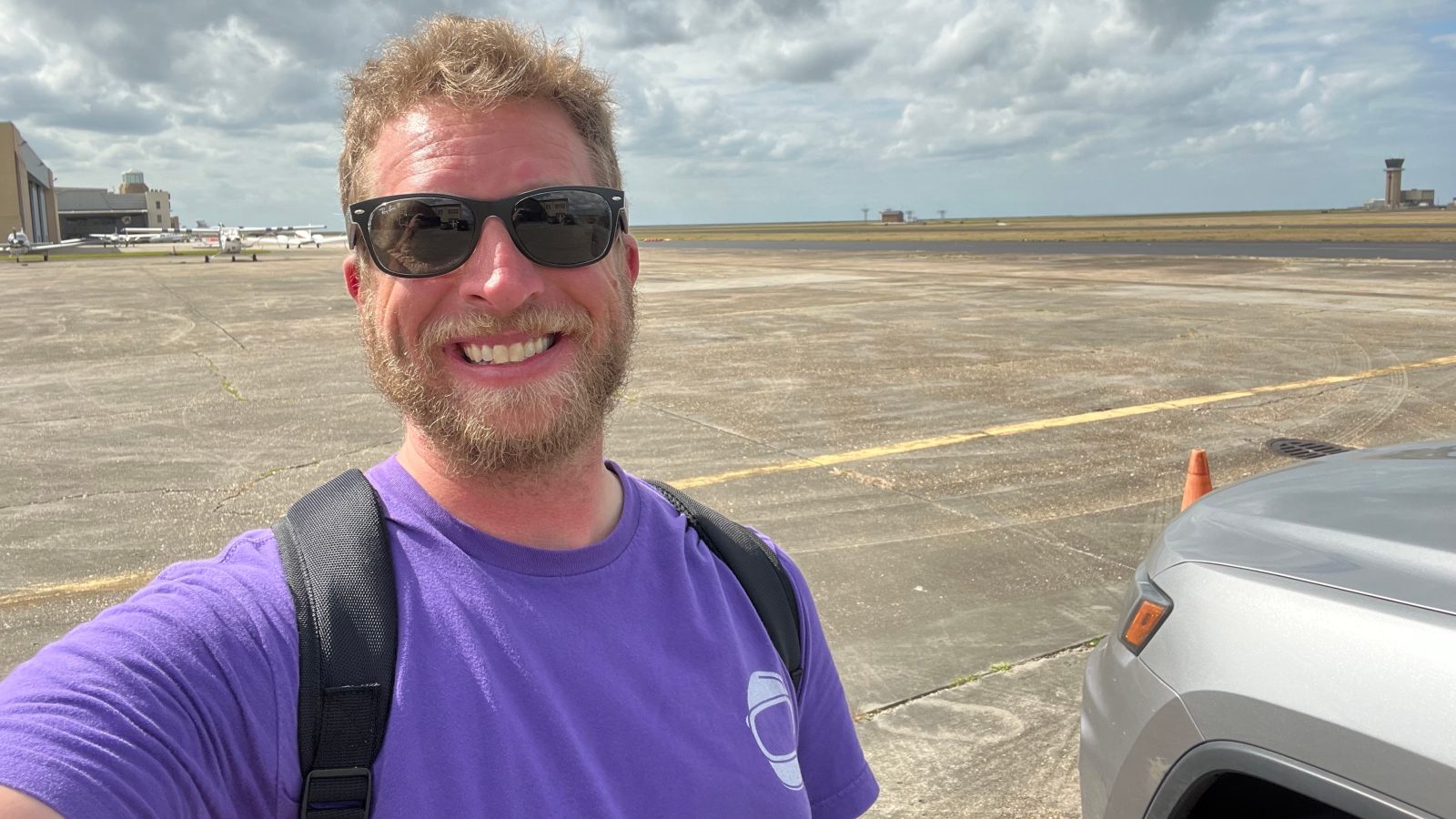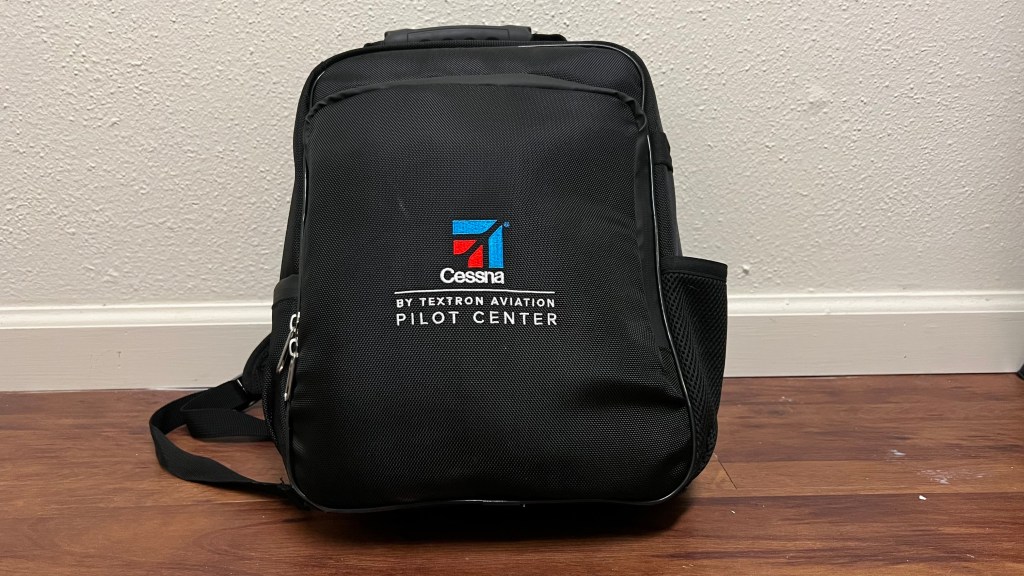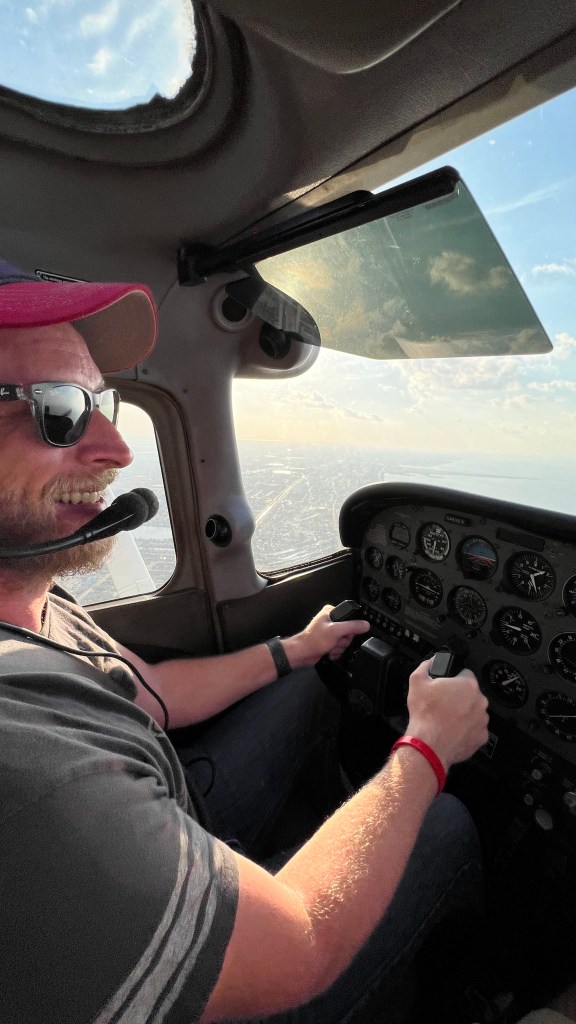
The flying bug bit me young. Seeing movies like Top Gun and catching The Blue Angels in my formative years had me ready to run and join the Navy right out of high school and fly Hornets off the deck of a carrier. To hell with a little propeller plane, I needed to be in a jet. The idea was to “Go fast or go home!” But, as with many of us, life took me in a different direction.
Fast forward 20+ years. I’d almost forgotten about flying. I still had an appreciation for it but I never thought it was in the cards for me. But after talking with a work buddy who already had his private license, the bug was back and it was time to get the ball rolling.
If you’re reading this site, then you have an appreciation for flying machines of all kinds. In this series, I’ll take you through my experiences of what it’s like to work towards the dream of being able to fly a plane. I’ll take you through what worked and what didn’t work for me. First up: figuring out how to get started.
First things first: The almighty dollar and lots of them
Let’s get this out of the way now: flying isn’t cheap. The school I ultimately chose to fly with has a breakdown that comes out to around $10,000 just for the private pilot’s license by the minimum FAA standards of flight time. That breaks down into the costs for the instructor, the plane, and the ground course. Most new students need some extra practice. Definitely make sure to factor that in when budgeting!
How you pay for it is up to you. Most places have resources to help with financing. There are also scholarship opportunities out there. Being a career pilot pays pretty well in most cases so paying it off later usually isn’t a problem for most. Personally, I used the credit I applied for to get a Canon R3 camera to pay for flying lessons instead.
The very first thing you should shell out for is a discovery flight. These help you decide if flying really is for you. More on them below.
Then there are the extras. One of the first things I got was a pilot’s kneeboard. It’s a necessity for any pilot! The next thing I got, which is definitely optional for new pilots, is a headset. Flight schools will have their own to use but I preferred to get my own. Instead of going all-out on a high-end Bose headset that most of my instructors use, I saved a few bucks and went with a Faro headset I found am Amazon. So far, I’m not disappointed. The noise-canceling really helps!
For a flight bag, I actually lucked out! The ground course that my school uses includes a flight bag. It’s not bad for free. It’s great for holding my kneeboard, headset, notebook, logbook, and a few other things that I keep with me.

There are a few other things I’ve picked up along the way, but I’ll talk about them at a later time. Got everything you need? Great! Now we need to figure out who to fly with.
Step 2: School’s in!
Ever heard the phrase “Google’s your best friend?” Yep, it applies here too. A quick search here in the New Orleans area brought up three different schools. The first thing you’ll want to look for from all of them is whether or not they offer a discovery flight. A discovery flight is almost like a tour of a college campus. You’ll meet an instructor or two, tour the facilities, see the planes, and eventually take off on a flight. You’ll get the feel of what it’s like to take the controls because that’s exactly what you’ll be doing (with the help of the instructor).
For me, the discovery flight was the best time to take it all in. “Am I really about to do this?” “This little plane can do that?!” “I think I can see my house from here!” I got the giddies out of the way. It’s also a great time to ask all the questions you can think of and feel out what the instructors are like. In the case of my school, you can fly with anyone you want, but it’s best to stay with the same person as much as possible. In fact, my instructor now is not the person I flew my discovery flight with. It’s nothing personal. It’s all about who you work well with.

It could be worth it to do a few discovery flights with different schools, or you might go with your first choice; I did. Once you’ve picked your school, let them know. They’ll help you get set up with everything you need to get to your first lesson. And be patient. There are some things you need to take care of first.
Step 3: Good ol’ paperwork
Did you think we were done spending money? LOL, nope! Don’t worry, though. This isn’t as bad as all of the accessories. First, there are the usual forms of ID and the waivers to e-sign. Then it’s time to shell out a few more dollars. Every pilot needs a physical that needs to be conducted by an Aviation Medical Examiner (AME). Finding one is easy thanks to a handy website from the FAA. It’s not really different from going to any other doctor. Are your eyes good? Pee in this cup. Any conditions that might make you pass out while you’re at the controls? No? You’re all set, just pay the receptionist!
The next is insurance. Even though the school owns the plane, you’re still required to have your own Insurance as a student when you start doing your solo flights. Some places might want it right away. Check with your school for specific detail of when they require it and what levels of coverage you need. For me, I got it right away, but if cash is a little tighter for you, see if you can hold off for a bit. Your first solo won’t come that fast. And when the time comes to get it, don’t be scared of the prices. It wasn’t as bad as I expected. A whole year of coverage cost me $225.
Step 4: Go fly!
You did it! You picked the school, filled out the forms, and spent the money! Now it’s time to schedule your first course. Each school works differently, so I can’t really help you there. At this point, you’re in the hands of your instructor, so pay attention and make sure to study your ground course work. Instructors can tell when you haven’t been studying.
Above all else, enjoy yourself. Flying is fun! Even though you might be laser-focused on the flying, don’t forget to sneak a peek and take in the sights. It never gets old.
FTC: We use income earning auto affiliate links. More.

Comments